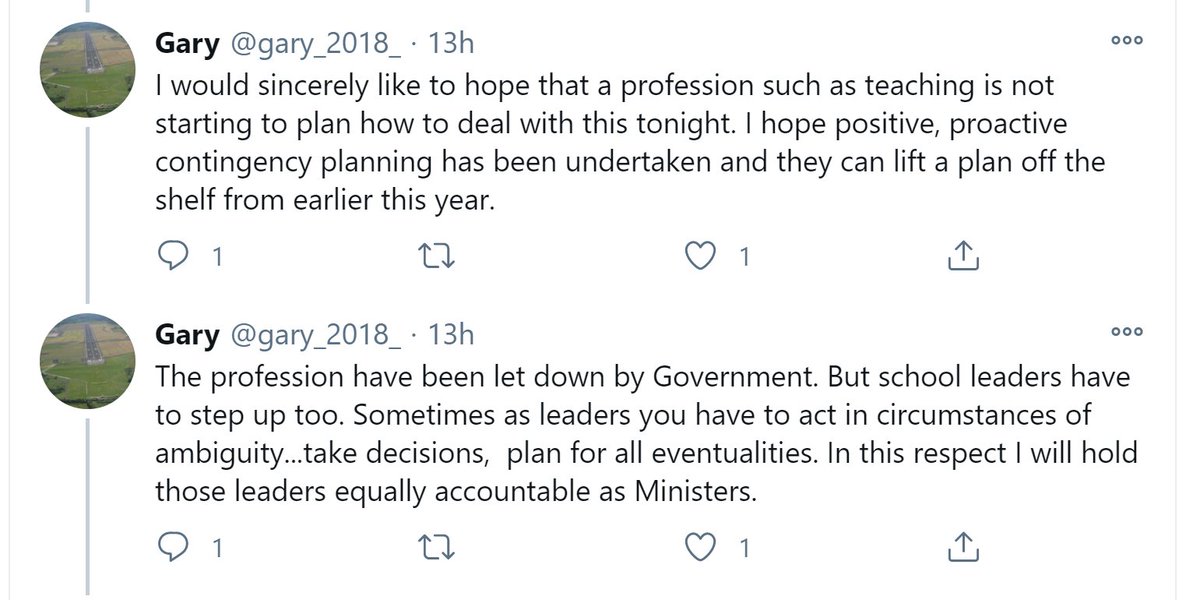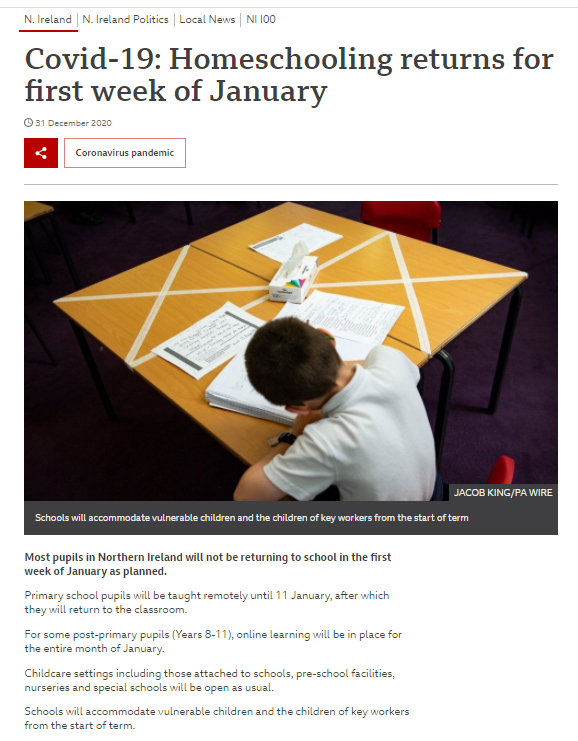
A🧵of some of my graphics on tectonics.
1/ The "world premiere"😉of my summary graphic on the main processes at work causing plates motion. I shared this in my #GAConf22 session this afternoon, but now it's time to share it more widely!
1/ The "world premiere"😉of my summary graphic on the main processes at work causing plates motion. I shared this in my #GAConf22 session this afternoon, but now it's time to share it more widely!

2/ Blank versions of the above if you want to incorporate them into your own presentations for your pupils. 



3/ A gif to show how the plates move primarily due to gravitational slide as cold, dense lithosphere sinks into the mantle (aided by the sliding of new plate material down the slopes at the divergent margins). The plates thus drive convection, rather than being driven by it.
4/ How evidence from seismic tomography supports this view - we can see the slabs sinking far down into the mantle.
Use the fabulous atlas-of-the-underworld.org/hades-underwor… to explore the mantle for yourself!
Use the fabulous atlas-of-the-underworld.org/hades-underwor… to explore the mantle for yourself!

6/...and here's what they're able to see!
Great to get them to think like scientists in this process.
'Do we know for certain what's going on?' one asked me.
'No', I replied.
'So we're just guessing?!'
'No - we're doing science! Testing hypotheses against evidence.'
Great to get them to think like scientists in this process.
'Do we know for certain what's going on?' one asked me.
'No', I replied.
'So we're just guessing?!'
'No - we're doing science! Testing hypotheses against evidence.'

7/ And, when we do so, we can see how well our model works in a real world context. Can you see the links between the model and the evidence?
8/ Then we can start to explore all sorts of locations around the world, testing out our model, seeing through seismic tomography what is going on in the mantle. 

9/ From there, it's possible to add more and more nuance to our understanding as we take our model and apply it to specific locations to explore in detail what tomography reveals. 

10/ Then we can find ways of visualising this to communicate the complexities of the tomography in a more accessible manner. 

11/ In fact, South America is an interesting place to explore subduction as we discover that, just as there are not neat convection cells of rising mantle material, so the slabs don't subduct in neat sheets either. Welcome to flat slab subduction! 

• • •
Missing some Tweet in this thread? You can try to
force a refresh
















